Like it has been emphasized in this thread, all the factions play out very differently; Hayasdan and Pontos lean towards a combination of infantry and cavalry, while Pahlava predominantly relies on a combination of light horse and armoured cavalry. Whereas Pontos does not have the same lofty quality of armoured horse like Hayasdan or Pahlava (Who only find their equals in Baktria and Saka-Rauka), they are comparable to the Arche-Seleukeia or Sauromatae, especially with their shock chariotry. They also gain access to a wide range of Greek and Celtic (Galatian) troops, which marks their advantage against Hayasdan. Hayasdan instead gets a tough and rather unique spectra of Caucasian and Persianate forces, and along with it very reliable cavalry; Their source of light horse is superior to that of Pontos and they are second only to Pahlava in gaining the bulk of all recruitable Iranian units.
My own love-child, the Pahlava, start out with the recommended setting of light horse and a small nucleus of heavily armoured knights. So their initial roster is quite "nomadic" and bears to compare against Sauromatae and Saka-Rauka. However the Pahlavân key-word is flexibility. Had it not been for the limitations of the RTW-engine, I would have gone absolutely crazy with a number of reforms, including region-specific ones in Armenia and Caucasia, India, merchant contracts in Central Asia and Arabia and so forth. Their initial roster is modest, but if they manage to replace the Seleucids, they get the widest range of available troops in the East and the Steppes out of all the Eastern factions. In foot-archery, they are supreme, they gain access to the most organized feudal system of training light horse of high quality. They have access to elephants should they expand into India. Finally, they get a recruitable elite late cataphract unit, an advantage not obtained elsewhere. Should the player succeed as Pahlava, he will gain access to the advantages of Eastern and Steppen government as he sees fit, and gain at best decent infantry for garrison duty, excellent foot-archer corpus and finally the force that gained them their empire, a wide range of light horse, and arguably two of the most head-strong armoured cavalry in the game. Hayasdan, Saka-Rauka and Baktria only got one each. Only Baktria and Saka-Rauka makes up for it with stronger elephantry. Pahlava, Saka-Rauka and Hayasdan start out with an advantage not held by any other factions, and that is their unhindered access to cataphracts to begin with.
Baktria however matches Pahlava in their flexibility of units in their fullest blooming; What they sacrifice on range of horse-archers they make up with tough infantry, giving a slight twist in their tactical use of heavy horse which otherwise is equal. They are arguably the strongest of all Hellenistic nations in their potential, having almost no weaknesses (Which is contrasted by Pahlavân weakness on infantry; Only two of them, the Cardaces and the Babylonians warrant themselves as "elites" in equipment and training, while the Hyrcanians are lightly armoured shock infantry; The Partho-Hellenic thureophoros are medium troops of the Romanesque "imitation" type) at all, very much so comparable to the Seleucids.
The most important piece of advice I can give to a newcomer of the Eastern factions is merely to understand the different paradigm of deciding the battle. It reminds of the Graeco-Macedonian "anvil-and-hammer", but the anvil is in this case softer, and supported by ranged units in order to weaken and screen the enemy before impact; Ideally this anvil should never get in direct contact with the enemy, and only weaken them by the distance so that the cataphracts can decide the battle with one concentrated charge. So it's not about pinning down the enemy and hold them prepared to the strike of cavalry. It's about using light horse to disperse them, hopefully between several directions, spread them thin so that archers can dispatch the enemy, and to finally end it all with a charge by heavily armed knights. In my opinion, this "Eastern" anvil-and-hammer has reigned supreme in my experience.
I recommend Pahlava, and I'll illustrate why, with a simple strategical overview:
Defensive plan:

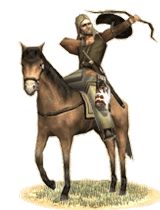
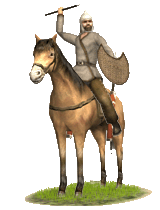
This force is preferrably small and mobile and is meant to hit-and-run, to screen, disperse and to weaken the enemy or to entice them into a premature pursuit; The two extremes of the outcome, the utter halt and retreat of the enemy or a rash pursuit are two of the primary goals of such a task-force, and the best thing is that they work like a wonder especially in the frontier. If ammunition is depleted simply retreat and no casualties sustained. The more you have of these small forces assigned to guard your frontiers the better; They can concentrate into a larger, more tacticall decisive force on their own.
Garrison:
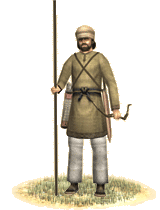
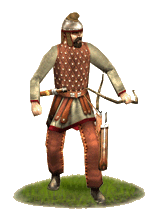

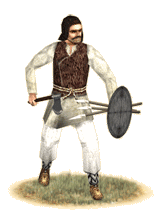
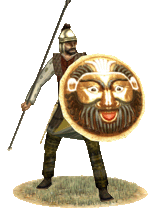
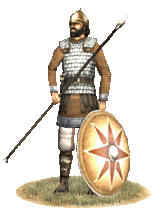
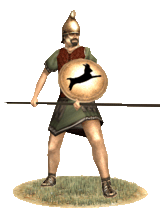
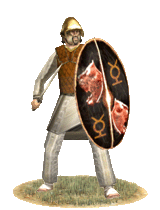
This the entire array of decent infantry available for Pahlavân. The shield-bearer type infantry have been ommitted because in my experience they are of little value. The two first archers manifest each a quality; The first one by value and versatility, and the latter by quality. They are some of the best archers in the game, easily comparable to Syrian and Bosphoran archers. The third and fourth make for the lightly armed, but brave warriors who can be quite decisive, especially the ferocious Hyrcanians. The Cardaces are hoplite imitations, and they are some of the best defensive infantry available to Pahlava; The Pantodapoi are mediocre, but make for a nicely convenient auxiliary when the player might need a dense phalanx to thicken the centre. Finally, the Partho-Hellenic infantry, the mix of thureophoros and legion infantry who fight with swords and javelins. A defensive mentality must be assumed here; In accordance to the defensive plan (Which could act as external reinforcements in the event of siege), the enemy is ideally weakened and should be potentially disturbed by the archers, then the light infantry who double as warriors, and finally the defensive line with spears who are expected to hold, until help arrives. If an auxiliary force is available they assume the same role as in the defensive plan.
Early field army:
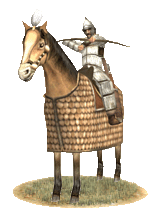
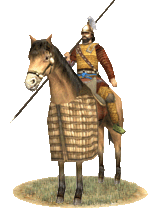
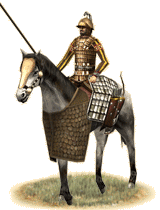

Don't let the mere two pictures of horse-archers fool you. If we speak in ratios, heavy horse is at least 1:10 (More representative of the early era), and at most 5:10 (Late Parthian era when the cataphract became a much more prolific unit). In this early field army, we are talking about a predominant army of light horse. The two horse-archers are different by themselves. The Parthian horse-archers are of excellent quality and the drill, but they lack the ferocity of the Dahae who may double as medium cavalry thanks to their spears. As such the Dahae make excellent support troops should their ammunition be depleted. The heavy horse speak for themselves, but the first and third are special because they are equipped with bows. They are not very capable in melee, but the Kinsmen cavalry and the early Pahlavân cataphracts do the grunt-work in deciding the battle in that one charge; Or should the fight continue at melee, they are equipped for it too. If the defensive task-forces at the area have nothing better to do for the moment, have them tag along in the campaign; They will make excellent auxiliaries. This force achieves well as a major interception of a significant enemy invasion, especially after a defensive task-force has done its work, and it achieves extremely well as an invasion force. It will do poorly at sieges, so in situ mercenaries will be a desirable addition if a siege is necessary.
Late field army:
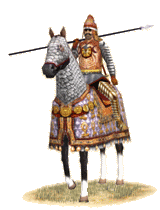
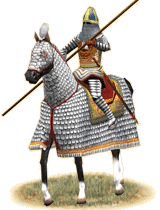
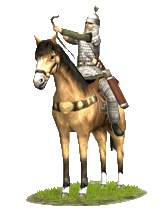
This is basically the early field army on crack, but this is more like fancy cocaine, because it's efficient comes at a lofty price. It's fast-moving, it has fire-power and it's got enough knights to give any enemy a new cornhole. Ratios for heavy horse may be as low as 1:10, but by the late era, the ratios are more likely significantly more. The two first are the paragon of ass-kickery. The third is your staple elite heavy horse. The two bow-armed heavy horse are the chain that links the corpus of light horse with the cataphracts, and they hold the job of coordinating the symbiosis between the two. The horse-archer as always is expected to do the grunt work. As always, if auxiliaries or those defensive squadrons of light horse are available, bring them. The same basic qualities as the former, only it is better in all points and aspects. It will do poorly at sieges; In situ mercenaries will be fine fodder and will do dirty work for dollars.
Useful auxiliaries:
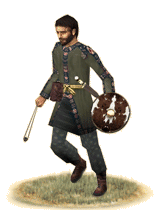

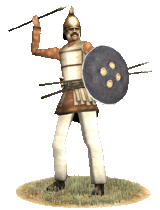
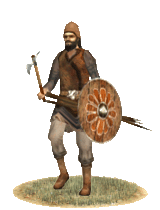
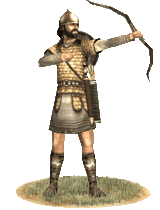
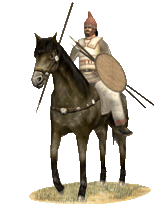
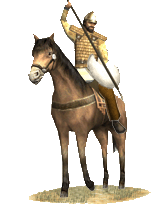

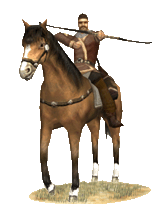
The utterly useless in most cases:
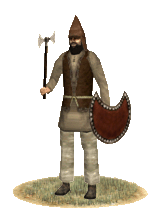
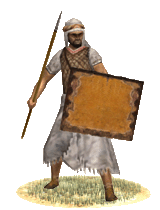
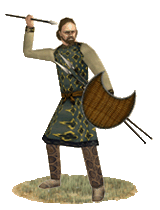
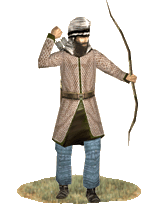
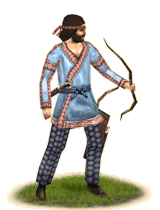
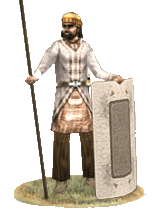
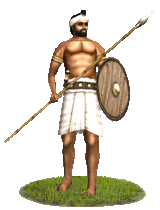
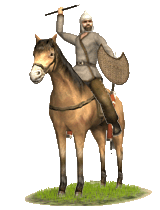
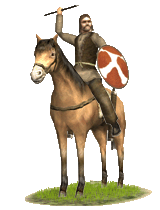
They should either be avoided, or only used as auxiliary, or if available as flashy supplement.




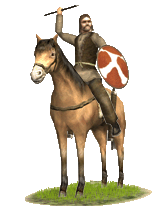
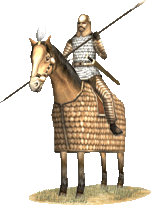
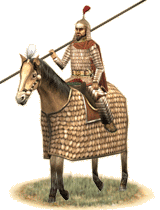
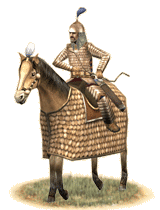
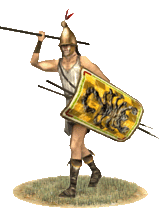
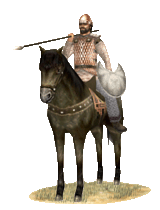
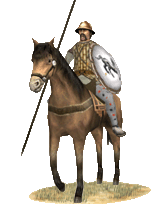
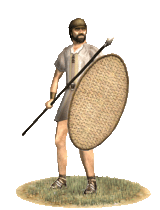
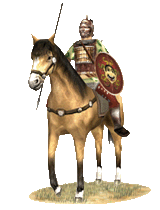
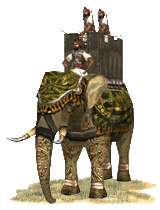



 Reply With Quote
Reply With Quote
Bookmarks